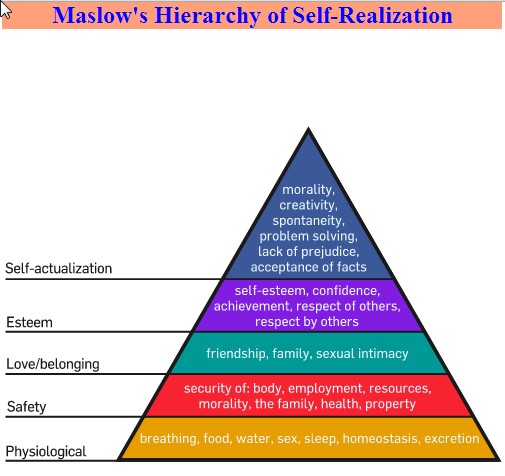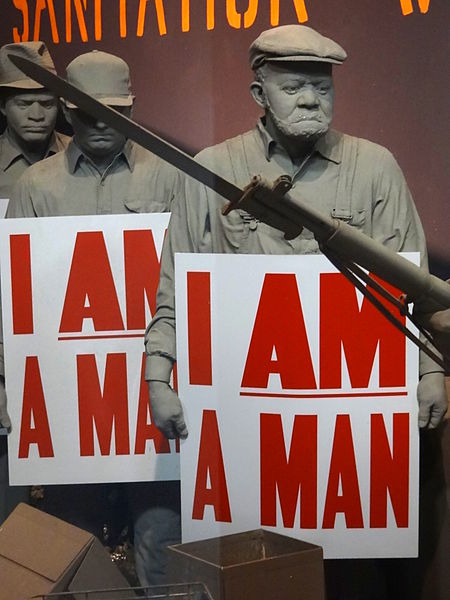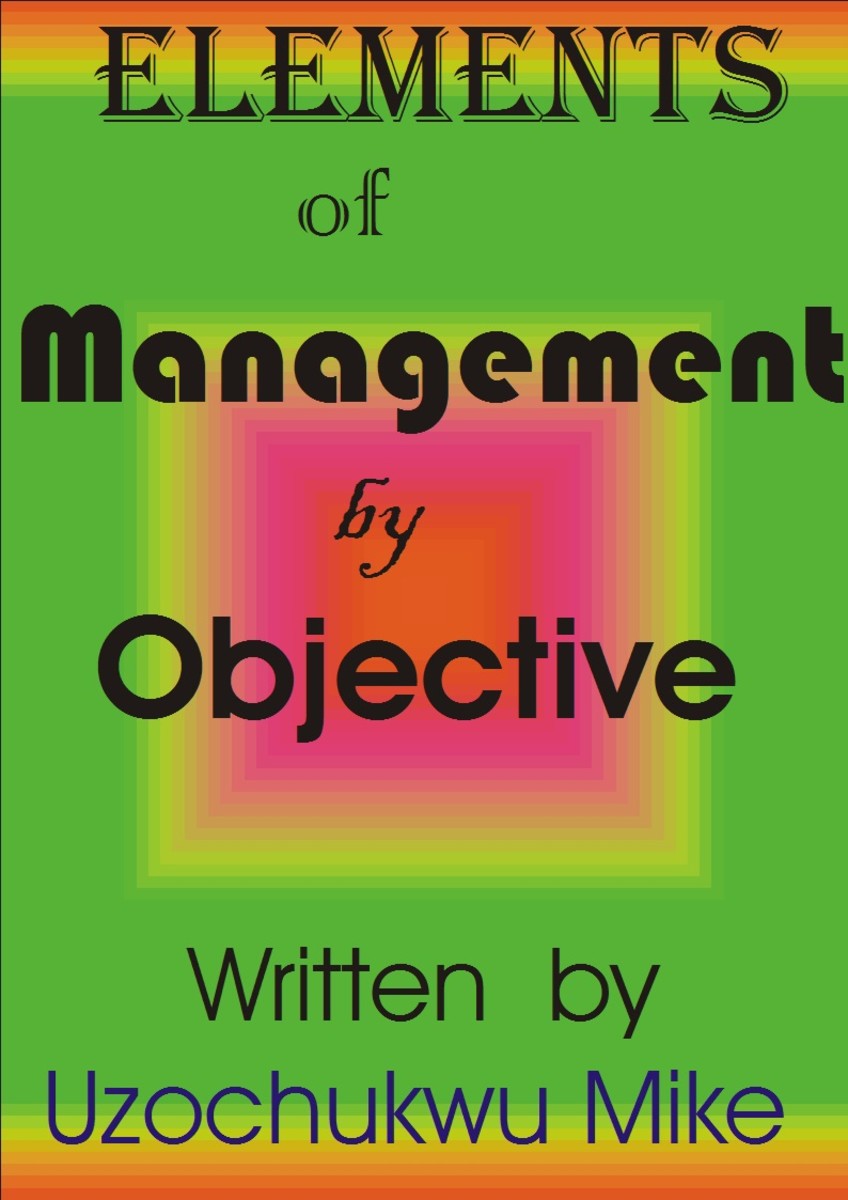Are The X and Y Theories of Workforce Motivation Outmoded Today?
The Developer of Theory X and Theory Y, Douglas Mc Gregor
Douglas Mc Gregor was born in Detroit in 1906. He had somewhat of an unusual academic background earning a B.E. (Mechanical) from Rangoon Institute of Technology, an A.B. from Wayne State University (1932) , and then going on to complete a M.A. (1944) and Ph.D (1955). in psychology from Harvard where he had lectured.
In 1948, he became the President of Antioch College a position he would hold until 1954 when he returned to Harvard to complete his studies and rejoin the faculty at MIT. (Mc Gregor was no stranger to MIT having been its first professor of social psychology (1937)).
Although not a prolific writer, Mc Gregor's publication of The Human Side of Enterprise in 1960 has had a profound impact as to how employees were perceived . The book has been ranked consistently as one of the most influential books written on business management in the 20th century.
"Theory X" as Presented by Douglas Mc Gregor
Mc Gregor's work outlined his Theory X on what he felt was the prevalent attitude of managemnt at the time:
- Most people dread work. They will avoid work in any way possible.
- To achieve organizational objectives management must deal with these reluctant workers in various ways. Workers must first of all be controlled and they must be directed. Most workers are not ambitious, have little or no desire for responsibility, and prefer someone else to be in charge.
- Most people are self-centered. Management must coerce and at times threaten or actually punish the workers.
- Workers lack creativity.
- To gain a worker's obedience they must be fearful of punishment.
- People are by nature gullible, unintelligent, and uncomfortable with change.
Impact of Theory X Acceptance on Management Style
Managers who work under these "Theory X" assumptions will generally employ autocratic controls that can lead to mistrust and resentment from those they manage. The "Mediocrity of the Masses" thinking is a rather narrow and naïve management philosophy. Mc Gregor acknowledges that the “carrot and the stick” approach can have a place in the workplace but is not appropriate when the workers' needs are predominantly social and egoistic.
Theory Y As Introduced By Mc Gregor
In contrast to Theory X, Theory Y leadership makes the following general assumptions:
- If the working conditions are favorable,work can be as natural as play or rest. The average person does not inherently dislike work: work may be a source of satisfaction, or a source of punishment, depending upon the circumstances.
- Gaining the commitment of the workers is essential to the success of organizational goals. People will be self-directed and creative to meet organizational objectives if they are committed to them.
- Workers will be committed to both quality and productivity objectives if rewards are in place that address higher needs such as self-fulfillment.
- Fostering creativity creates the environment for greater synergy and resulting higher achievement.
- Because creativity, ingenuity, and imagination are widely, not narrowly, distributed among people, most workers can be expected use these skills in a responsible fashion..
- Workers will seek out added responsibility and self-determination of higher organizational goals than expected.
Mc Gregor Was Influenced By The Physiologist, A. H. Maslow

Applying the Theory XY To the Organization
There are a number of elements which can be used in implementing Theory Y to an organization:
- Decentralization and Delegation - If a business entity becomes "leaner" in that it is less hierarchical and bureaucratic, more power, more self-reliance and self-determination devolves to the individual teams.
- Job Enlargement - The decentralization and delegation of an organization results in a broader scope to a worker's job. Variety and opportunities to satisfy ego needs are enhanced for the workforce.
- Consulting Employees in Decision Making - When workers participate in the decision making process they buy in to wanting to achieve success.
- Performance Appraisals - The employee helps set objectives and participates in the process of evaluating how well these objectives were met.
Recognition of Achievements

The Scanlon Plan
Douglas Mc Gregor devotes one entire chapter of The Human Side of Enterprise to the Scanlon Plan. The plan was formulated by Joseph Scanlon a businessman who was a partime lecturer at MIT. Scanlon was interested in fostering union-management cooperation in the 1950s, a decade of a number of major U.S. workers strikes which culminated in a 500,000 steelworkers strike in 1959.
As Mc Gregor notes, this was "not a formula, a program, or a set of procedures." He saw it as "a way of industrial life" consistent with Theory Y. He writes that the distinguishing feature of the plan is it is not merely implemented at the group level, but is applied at the enterprise level.
One of its significant features was its reward system: from the top of the organization to its lowliest employee (at at time it was extended to key suppliers as well) ALL participated in a reward or bonus system.
Not without its detractors, Scanlon Plans have been adopted by many organizations both large and small.
Theory Y Not A Panacea
McGregor hoped that his book would lead managers to investigate both the Theory X and Theory Y beliefs and develop managerial strategies that made sense in terms of those tested views of reality. He did not see himself as advocating Theory Y as a replacement to a manager's world view nor did he see it as golden ruler or measure. He really was advocating a "journey of discovery": understand the two views of the workforce, implement a management plan, see how the plan works, and iteratively improve upon it.
Instead of his intended purpose is was thought that he was suggesting a new set of moral values to replace management practices then in place. Perhaps, this is some of the downfall of the way in which Theory XY is seen today. Many organizations bought into the program but some of the fundamentals of empowerment and rewards do not seem to benefit the 21st Century American workforce:
- the reward system seems to be skewed out of anything being reasonable. Top management salaries and bonuses far outweigh the benefits seen by line workers.
- improvements in technology and the "collective genius" tend more often than not to result in elimination of workers rather than making the work environment more pleasant.
- worker empowerment is not seen as that by many today. In many organizations it is seen as "do more with less, or else".
- worker decision making can lead to termination. The prevailing attitude seems to be "follow the rules no matter how inane, or else".
Perhaps, a new set of academic investigations are call for to look at the abysmal prospects for America's next generation.
Breakdown of Management-Worker Relations

How Familiar Are You With Your Organization's Management Objective
How aware of your organization's objective are you?
Ideas for Further Reading and Investigation
Naturally, one should read the primary source of Mc Gregor's theory:
Mc Gregor, Douglas (1960). The Human Side of Enterprise, New York: McGraw Hill ISBN 07-045992-7.
Mc Gregor was greatly influenced by Abraham Maslow, an eminent American psychologist, best known for his "hierarchy of needs" which was orignally published in:
A Theory of Human Motivation (originally published in Psychological Review, 1943, Vol. 50 #4, pp. 370–396).
and a more complete treatment was in Maslow's book (cited by Mc Gregor) in
.Maslow, Abraham H..(author) Frager, Robert D. and Fadiman, James (eds.)(1987) Motivation and Personality (3rd Ed.) ISBN978-0060419875.
Several other books to consider as starting points in the field of human resource management might include:
Kahnweiler, William M, PhD. and Jennifer B., PhD.(2005) Shaping Your HR Role . Elsevier New York ISBN 0-7506-7823-2.
Rye, David E. (1998). 1,001 Ways to Inspire: Your Organization, Your Team, and Yourself Franklin Lakes, NJ: Career Press ISBN 1-56414-348-1.
Salaman, Graeme; Storey, Jon and Billsbury Jon (eds.) Strategic Human Resource Management: Theory and Practice A Reader 2nd. Ed. Thousand Oaks, CA: Sage Publications ISBN 1-3149-1901-0.







